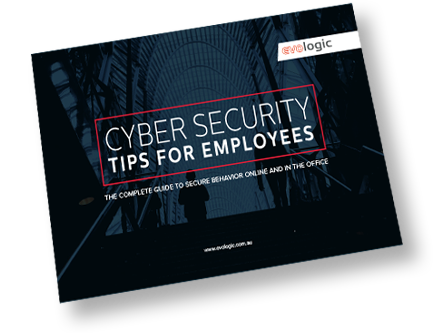We’ve talked a lot about how to secure your information from data breaches and phishing attacks, but what do you do if your username and passwords are compromised?
Think about it.
We trust that our login credentials keep all of our digitally stored information under protective lock and key, when in reality, hackers are a very easy hop, skip and jump away from getting those credentials and accessing everything.
Companies that host sensitive data have had to drum up new ways to tighten the screws on security and prevent significant data breaches that result in private company information being exploited, or millions of users having their accounts and profiles hacked into and compromised.
A big gamechanger in user credentials security is Two-Factor Authentication (2FA).
What is 2FA?
2FA is an extra layer of security that is made up of two things: something you know, and something you have. The something you know is typically your username and password (a combination that rarely cuts it nowadays). The something you have is a code, token, or even fingerprint or facial recognition software.
2FA in the early days
2FA isn’t an entirely new concept. When companies (namely banks) recognised that a simple user/password combo was easily hacked from multiple directions, they introduced a second phase of authentication in the form of a code-generating token or similar variations. Unfortunately, these quickly proved problematic and costly with frequently broken, stolen, or outdated tokens popping up all over the globe. Not to mention, the entire premise of the hard token solution rested on having to remember to carry the thing around all the time without losing it.
The 2FA tokenless solution
With the introduction of apps and streamlining of communication between businesses and consumers through text, email, and messenger services, the now antiquated hard token was rapidly replaced with text codes, recognition software, and other solutions that now provide extra security. The key to its success is its integration with the digital devices that most people have with them at all times such as smart phones, tablets and laptops as opposed to a purpose-built token that only serves one function. Tokenless 2FA slots into our daily lives seamlessly.
Why 2FA is important for your business
Unless your business hasn’t adopted the internet yet (and that’s a pretty unlikely scenario) you undoubtedly use online forms of communication as well as digital storage of sensitive information to function efficiently. While having simple systems in place to safeguard information such as anti-malware software and back-end blockers, they’re not a fool-proof way to protect your business.
You will have usernames and passwords to access your emails, banking, digital storage, network access… the list goes on. Imagine if a hacker picked those locks and accessed all that sensitive information to their advantage. The consequences would be pretty severe and costly in more ways than one.
2FA is an uncomplicated and cost-effective step in putting up a massive shield over your business to deflect the thousands of threats lurking on a daily basis. For the little extra effort, the payoff is huge.
How do I set up 2FA?
We can help you with that.
The process is painless. We’ll walk you through the steps by assessing your business’s current model of user credentials security and identify any vulnerabilities and opportunities for better defences.
Talk to us about coming up with an IT game plan for your business.


